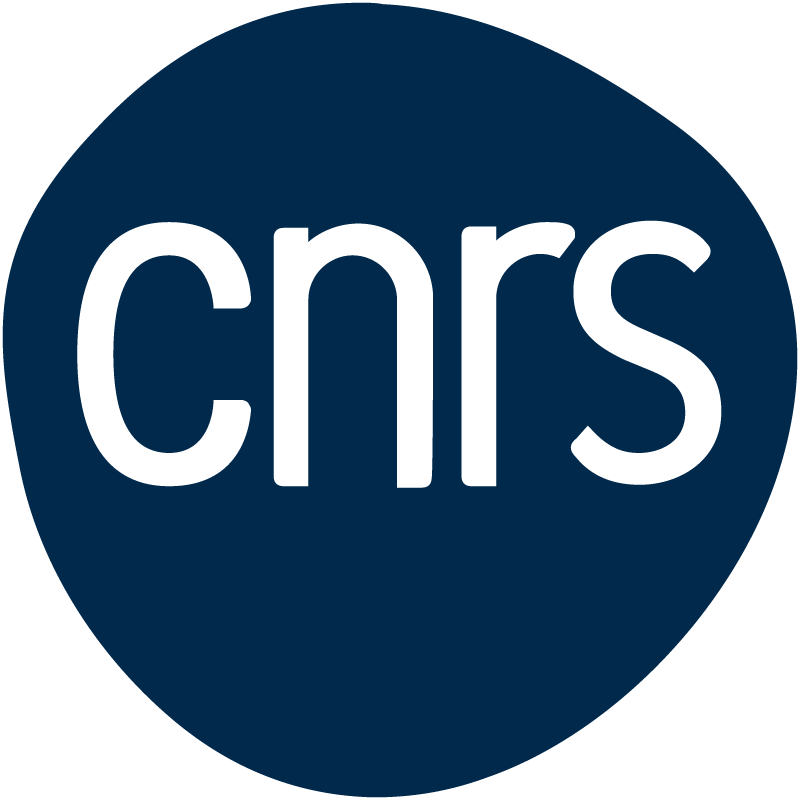Sédimentologie appliquée aux réservoirs
Diplôme d'ingénieur de l'École et observatoire des sciences de la Terre (EOST)Parcours Diplôme d'ingénieur de l'EOST
Description
This course is designed to facilitate the comprehension of the origin, occurrence, movement, accumulation, and exploration of hydrocarbons.
The introduction will recapitulate the knowledge of different types of sedimentary basins and their hydrocarbon potential based on the presence (or not) of source rock.
Sequentially, the following subjects will be discussed:
- Source rock: type of source rock based on different organic matter and depositional environment; TOC
- Maturation: temperature, depth, time and all other variables of the hydrocarbon window of generation
- Reservoirs: occurrences, heterogeneity, dimensions, quality, permeability, porosity
- Migration: fault analysis, relative age of the faults, connectivity between source rock and reservoirs
- Trap/seal: different types of seals (structural and stratigraphic), and the major structures considered exploration targets
- Basic subsurface methods (both seismic and well analysis)
- Different types of oil (light vs heavy) and their use; differences between conventional and unconventional deposits; basic costs; success rate
Compétences visées
Skills :
- Comprehension of different types of source rock
- Understanding the complexity of petroleum systems
- Main exploration targets (based on depositional environments and structures
- Basic notion of costs and success rate in hydrocarbon exploration
MCC
Les épreuves indiquées respectent et appliquent le règlement de votre formation, disponible dans l'onglet Documents de la description de la formation.
- Régime d'évaluation
- CT (Contrôle terminal, mêlé de contrôle continu)
- Coefficient
- 1.0
Évaluation initiale / Session principale - Épreuves
| Libellé | Type d'évaluation | Nature de l'épreuve | Durée (en minutes) | Coéfficient de l'épreuve | Note éliminatoire de l'épreuve | Note reportée en session 2 |
|---|---|---|---|---|---|---|
Epreuve écrite | CC | ET | 120 | 0.40 | ||
Note de participation orale | CC | A | 0.10 | |||
Examen | CT | ET | 120 | 0.50 |
Seconde chance / Session de rattrapage - Épreuves
| Libellé | Type d'évaluation | Nature de l'épreuve | Durée (en minutes) | Coéfficient de l'épreuve | Note éliminatoire de l'épreuve |
|---|---|---|---|---|---|
Epreuve écrite | CT | ET | 120 | 1.00 |
